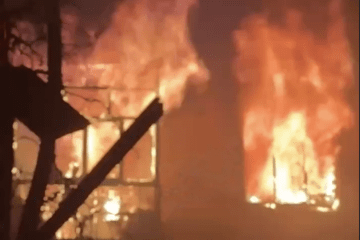- Category
- Latest news
Dozens of Russian Students Involved in Drone Production at Alabuga Special Economic Zone
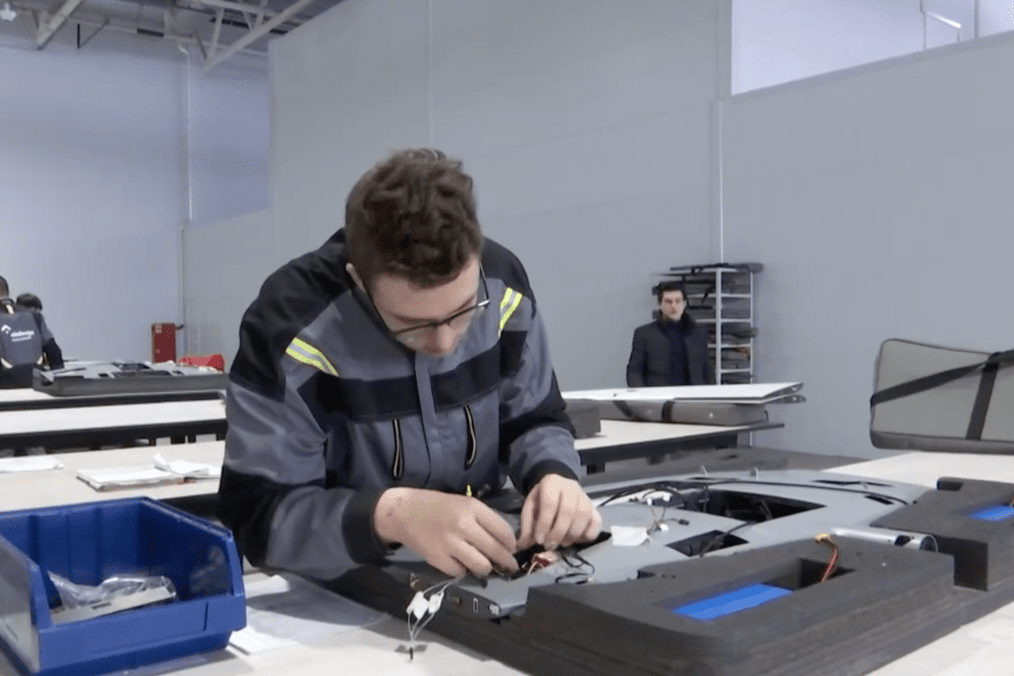
Dozens of Russian students are involved in drone production at the Alabuga Special Economic Zone, Molfar revealed in data published on May 13. The community’s findings shed light on the role these students play in manufacturing drones used in Russia's military operations against Ukraine.
“As Iranian-made Shahed drones, known in Russia as ‘Geran-2,’ continue to strike Ukraine almost daily, new details have emerged about who is behind their production. This article delves into the individuals involved in creating drones for Russia’s war effort against Ukraine, revealing personal information about those manufacturing these weapons,” Molfar wrote.
“These so-called ‘students’ are directly implicated in drone production, using cutting-edge technologies to aid the aggressor. We explore how they contribute to the war, the methods they employ, and why this cannot be ignored any longer.”
The Alabuga Special Economic Zone (SEZ) is a key site for assembling these drones, with students from Alabuga Polytechnic College playing a central role in the operation. In February 2024, the US Department of the Treasury imposed sanctions on the SEZ, however the production has only increased, according to available data.
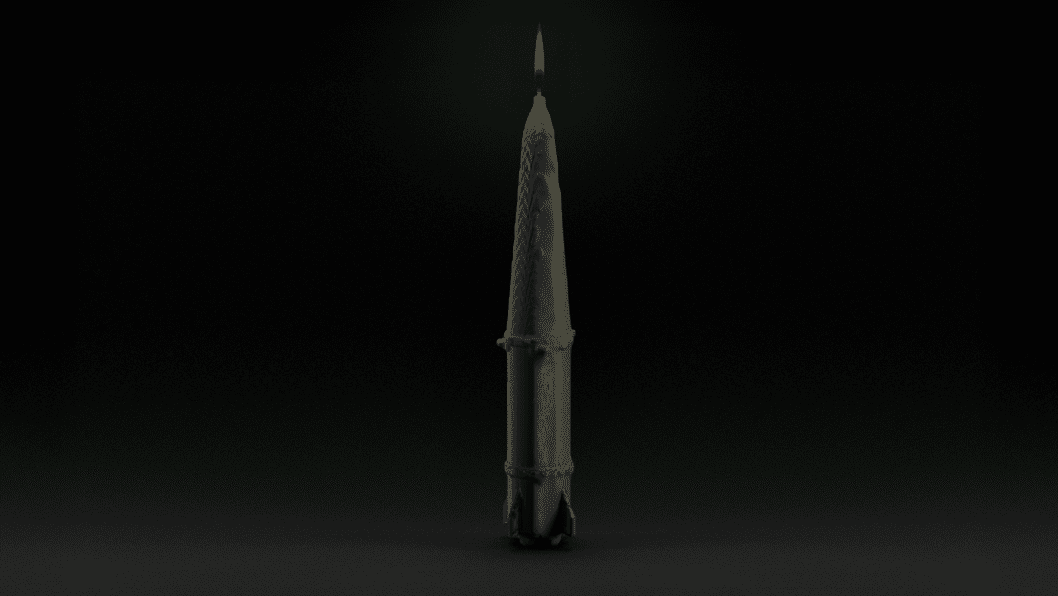
Located about 600 miles east of Moscow, Alabuga was originally established to attract Western companies. However, after several key tenants departed following Russia's invasion of Ukraine, the zone shifted its focus to military production. Now a central hub for Russia’s drone manufacturing, Alabuga produced 5,760 Shahed drones in the first nine months of 2024—more than double the 2,738 produced in 2023, according to Ukrainian Defense Intelligence.
Reports from September revealed that Russia is exceeding its initial plans for drone production. By August 2024, production had reached 6,400 units. The original production targets from Alabuga SEZ had planned for just 4,800 units by this point.
A comparison of initial production plans for Shahed drones at Alabuga (in red) with actual launch figures (in blue) shows that from September 2023, the number of drones launched began to surpass the planned production targets. By August 2024, Russia had launched approximately 6,400 drones, far exceeding the initial estimate of 4,800 units.
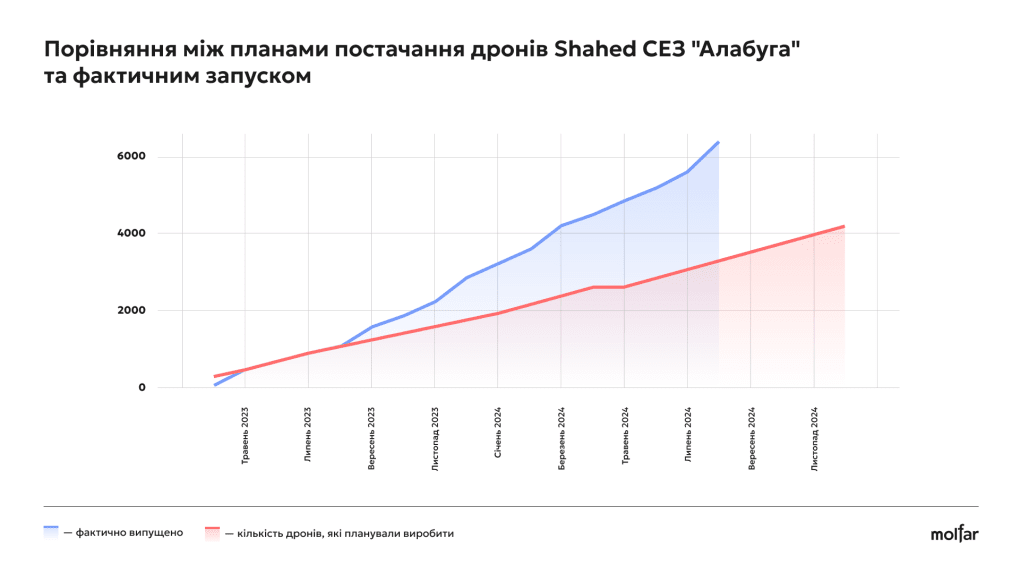
While the number of launches increased steadily, a pattern emerged: after a month of heavy attacks, there would be a 2-3 month lull. This pattern changed in August, however, when the number of launches doubled to 790 in just one month—twice the number from July. By September 26, 1,131 drones had been launched, almost three times the number launched in July, Molfar wrote.
According to the Air Force Command of Ukrainian Armed Forces, total of 17,575 strike UAVs of the “Shahed” type have been launched by Russia at Ukraine since the beginning of the full-scale war.
Previously, it was reported that Russian drone attacks on Ukraine are intensifying, reflecting a surge in Russia’s defense industry, according to The Economist. The publication’s analysis, based on commercial data, shows a sharp increase in industrial activity across Russia’s military sector. This data likely represents just 2% to 10% of the total devices, but highlights the growing scale of Russian industrial operations.
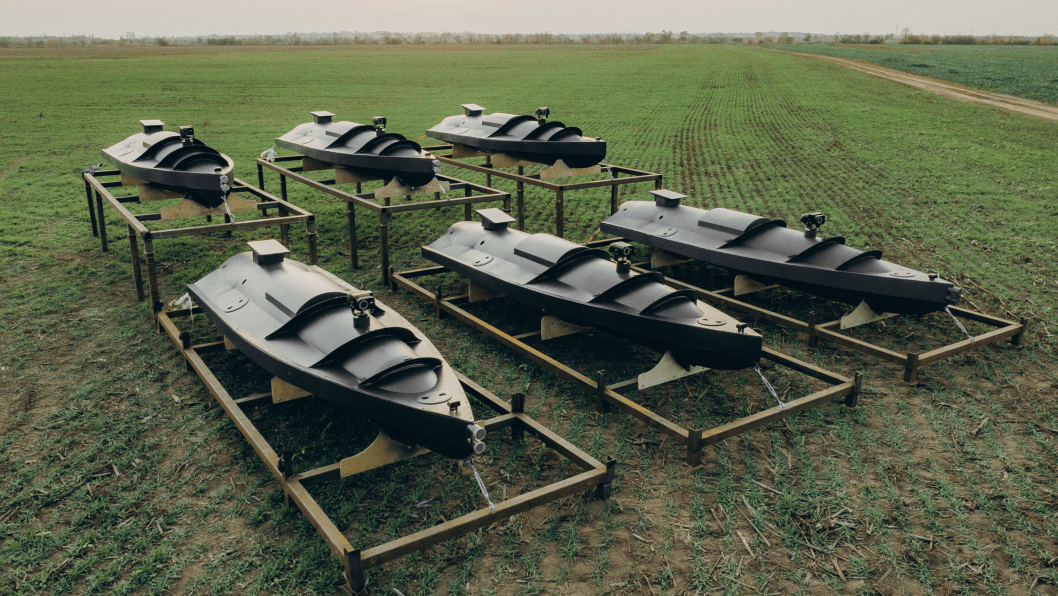


-111f0e5095e02c02446ffed57bfb0ab1.jpeg)


